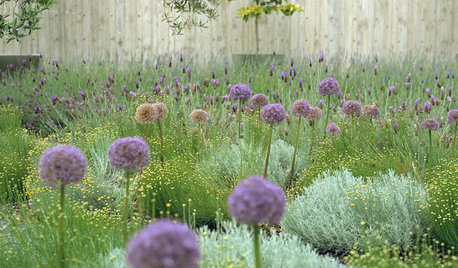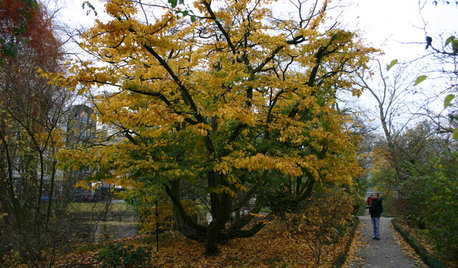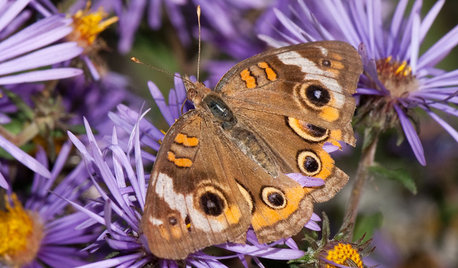Have you had RRD in your Garden?
hartwood
13 years ago
Related Stories

LIFEYou Said It: ‘They Looked at Me Like I Had 10 Heads’
Design advice, inspiration and observations that struck a chord
Full Story
KITCHEN WORKBOOK8 Kitchen Amenities You'll Really Wish You Had
Keep kitchen mayhem and muck to a minimum with these terrific organizers and other time-saving, mess-preventing features
Full Story
LIFEYou Said It: ‘I Knew This Home Had to Be Mine’ and More Quotables
Design advice, inspiration and observations that struck a chord this week
Full Story
GARDENING GUIDESGreat Design Plant: Knock Out Roses
As glorious as their high-maintenance kin for a fraction of the work, Knock Out roses make even beginners look like garden stars
Full Story
NATIVE PLANTSPlant These Fall-Flowering Natives in Early Summer for Pollinator Love
These 3 groups of plants will support masses of beneficial insects come autumn
Full Story
GARDENING GUIDESGreat Design Plant: Milkweed
Quit cringing. This not-weed plant is a sight to behold in the garden, has a delicious vanilla scent and is a magnet for butterflies
Full Story
GARDENING FOR BUTTERFLIESGreat Design Plant: Scotch Heather
The moors aren't all moody, as this prettily colored evergreen shrub proves. Plant it en masse for an epic romance in your own garden
Full Story
GARDENING GUIDESGreat Design Plant: Ornamental Allium
Lollipop blooms on tall, leafless stems add an architectural element to gardens of all styles
Full Story
GARDENING AND LANDSCAPINGGreat Design Tree: Persian Ironwood
Plant this unusual deciduous stunner for seasonal interest year-round
Full Story
FALL GARDENINGGreat Design Plant: Symphyotrichum Novae-Angliae Ushers in Fall
With bold purple flowers easily accessible to pollinators, New England aster offers loads of interest in the autumn garden
Full Story








sammy zone 7 Tulsa
buford
Related Professionals
Palm Springs Landscape Architects & Landscape Designers · Walnut Landscape Architects & Landscape Designers · Burlington Landscape Contractors · Williamsburg Landscape Contractors · Canton Landscape Contractors · Hilo Landscape Contractors · Newnan Landscape Contractors · Peoria Landscape Contractors · Thonotosassa Landscape Contractors · Four Corners Landscape Contractors · Bensenville Landscape Contractors · Harvey Swimming Pool Builders · West Palm Beach Swimming Pool Builders · Cheektowaga Siding & Exteriors · Five Forks Siding & Exteriorsolga_6b
sammy zone 7 Tulsa
hartwoodOriginal Author
buford
lucretia1
hartwoodOriginal Author
ronda_in_carolina
lori_elf z6b MD
aliska12000